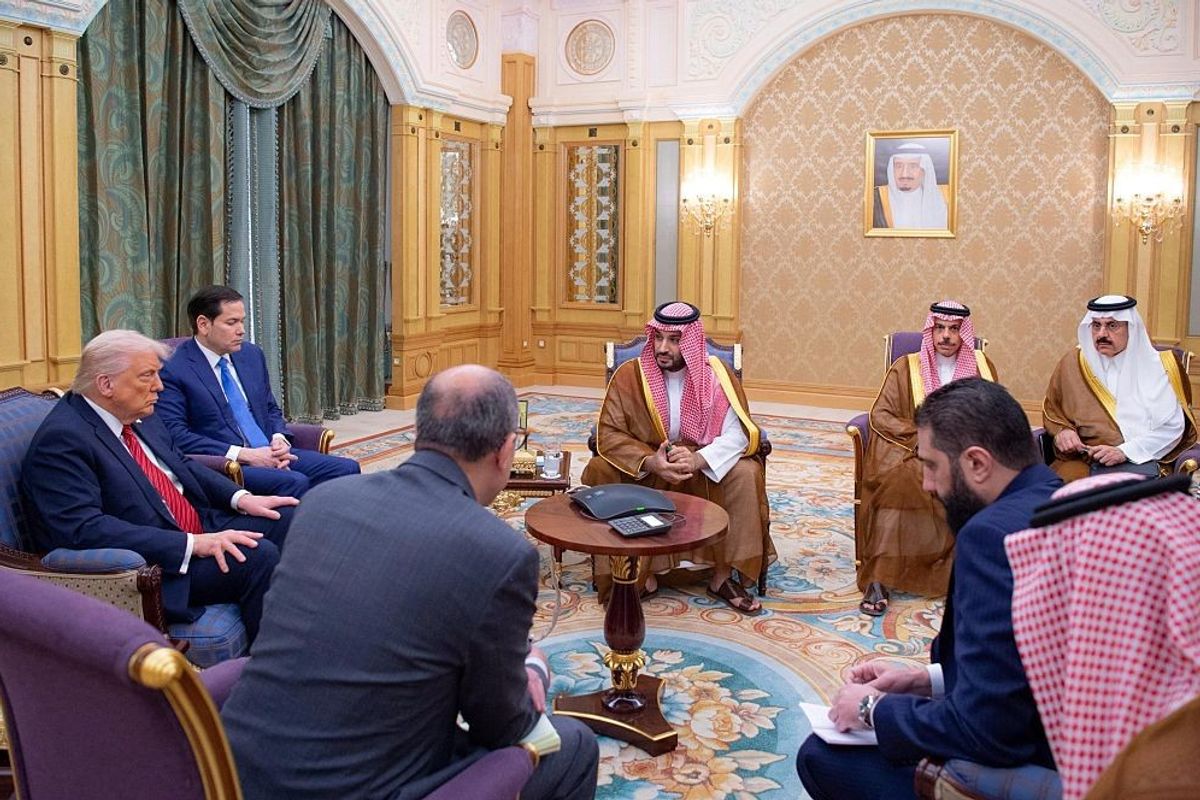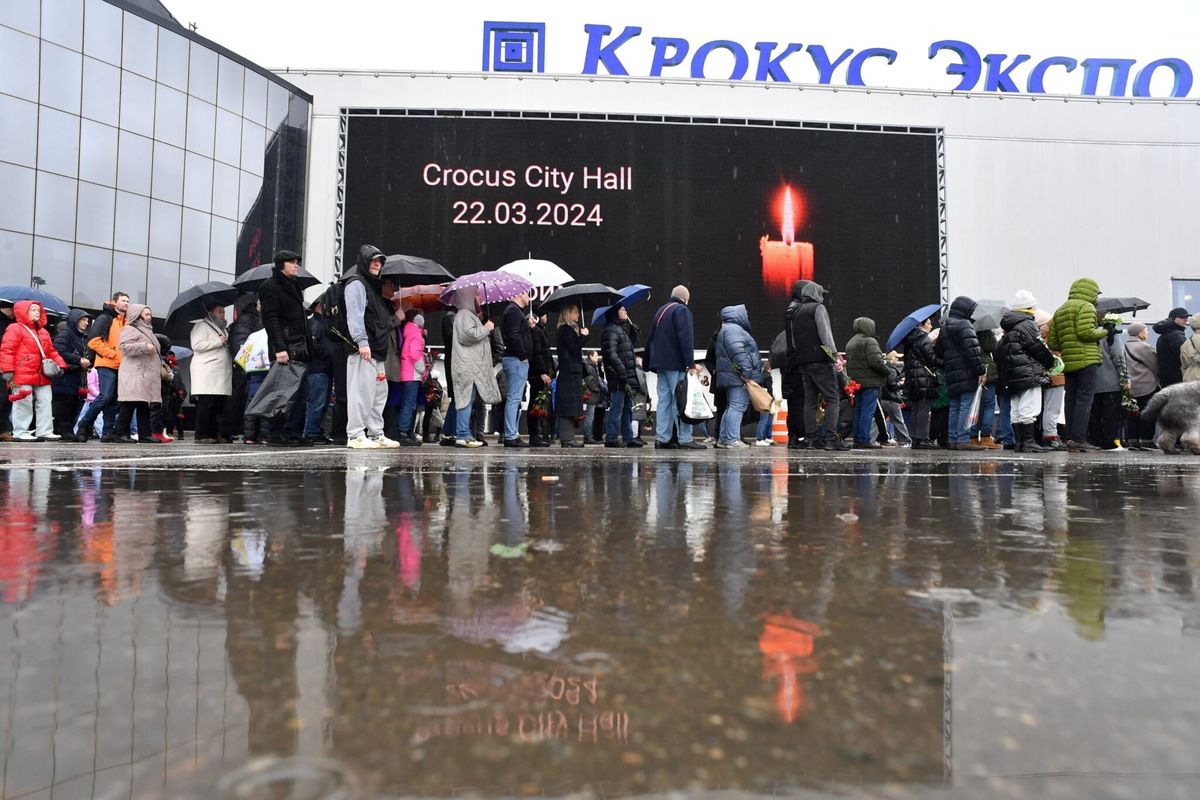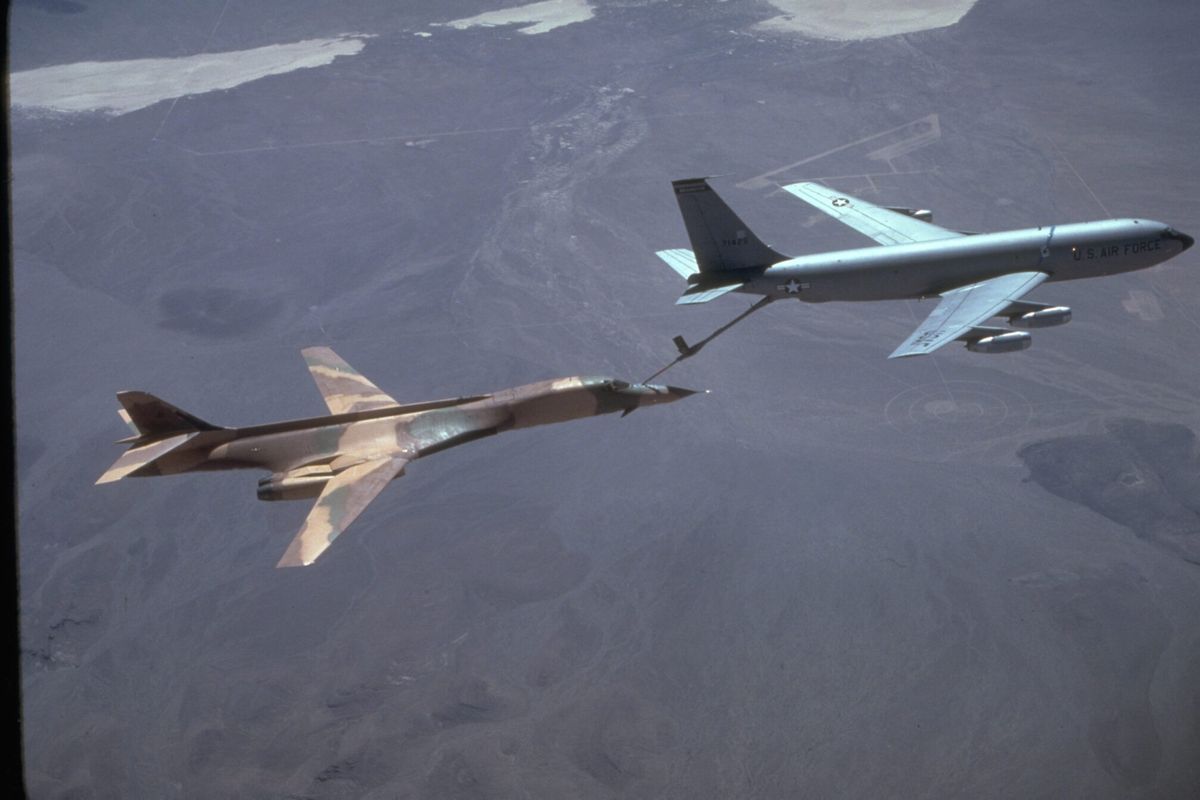Though the battle to defeat the Islamic State in Iraq and Syria (ISIS) in Mosul is slowly reaching its denouement, the campaign to take the jihadists’ Syrian stronghold of Raqqa has not experienced similar success. Insufficient combat-ready troops, a shortage of heavy artillery and ominous tensions between Kurds and Turks have come together to delay the capture of the city. Though Washington has sought to address these concerns – most recently by airlifting Arab and Kurdish forces - its policies are further entrenching its troops in a conflict from which they might not be able to extricate themselves.
After one of its train-and-equip programs in Syria collapsed in October 2015, Washington asked the Kurdish Democratic Union Party (PYD) and its military arm, the Peoples Protection Units (YPG) to assemble an Arab coalition to continue the initiative under its aegis. The Kurds gathered several groups to create the Syrian Defense Forces (SDF) to fight ISIS in Syria. Though SDF spokesmen claim they have between 50,000 and 54,000 troops, the real number is likely slightly lower. American commanders estimate that Arabs comprise 60 percent of these fighters while Kurds constitute 40 percent. They have boasted that since the operation to take Raqqa commenced on November 5, the SDF has captured more than 7,400 square kilometers of territory from ISIS.
Nevertheless, the Raqqa campaign has hit a wall, forcing the United States to pour more human resources into the fight. Earlier this month, it deployed 400 troops from the 11th Marine Expeditionary Unit to Syria. Because the SDF lacks the requisite long-range artillery to facilitate a final siege of the city, Washington hopes that the introduction of American M-777 howitzers will facilitate this objective. The SDF also needs armored vehicles and heavy machine guns to operate in Raqqa’s built up areas.
Simple arithmetic is a key issue. Though American commanders believe ISIS has 2,000 combatants in Mosul, they speculate that the group has 3,000 to 4,000 fighters in Raqqa, a town less than half the size of Mosul. Another challenge is combat-ready troop levels. While the United States has trained approximately 90,000 Iraqi forces since 2014, it has trained only 4,000 Syrian Arabs to fight ISIS. In written Congressional testimony, General Joseph Votel, the head of Central Command, recently said that he hoped to have up to 35,000 SDF forces trained by September 30 of this year. American commanders believe that anywhere from 9,000 to 15,000 troops will suffice to liberate Raqqa.
The biggest dilemma of the Raqqa offensive concerns the ethnic composition of the SDF. The YPG is its most important constituent group, and its commanders are leading the campaign to capture Raqqa. When the SDF was capturing small towns and villages, Kurdish dominance of the SDF was not a pressing concern. But Raqqa is Syria’s sixth largest city and has an insignificant Kurdish population. While the YPG could defeat ISIS, some analysts believe that a robust Kurdish presence will kindle the types of Sunni Arab grievances that gave rise to al-Qaeda in Iraq and ultimately ISIS.
Though such an analysis appreciates the marginalization of Iraq’s Sunnis, it conflates Iraq and Syria. In the former, overt Shi’a identification with rituals and symbols have humiliated Sunnis. But in Syria, the ruling Alawi sect, a Shi’a offshoot that Shi’a religious authorities have deemed heretical, has historically sought to minimize its Shi’a roots and instead depict itself as merely Muslim. Though Iranian Shi’a proxies have imported their sectarian bent and pasted religious slogans all over Damascus and other major cities, its long term effects remain to be seen. And unlike in Iraq where the Americans overthrew a Sunni led regime, Sunnis have not ruled Syria since the Ba’th came to power in 1963.
Nevertheless, ethnic rather than religious tensions are the major theme of the ISIS campaign in Syria. A robust YPG presence in the Raqqa campaign is sure to alienate Raqqawis, rendering reconciliation a difficult task. For this reason, about 75 percent of the forces isolating the city are Arabs. Syria’s Sunni Arabs are not the only party wary of the Kurds. Though the Turks ostensibly entered Syria in August 2016 to fight ISIS, their real target was the PYD, the Syrian affiliate of the Kurdistan Workers Party (PKK) which has been fighting the Turkish government since 1984. The Turks have been clamoring against the presence of the PYD and its YPG in Manbij and have threatened to attack it. Turkish Foreign Minister Mevlut Cavusoglu recently claimed, “If we go to Manbij and the PYD is there, we will hit them.” American politicians concur. Senator John McCain said, “I think there’s a possibility of an impending conflict between Turkey and the Kurds.”
To minimize these tensions, Washington recently sent troops from the army’s 75th Ranger Regiment to Manbij to carve out a buffer between the Kurds and Turks in what the military has dubbed a “reassure and deter” mission. In reality, this is a classic example of mission creep, a Vietnam-era term signifying a change in mission. When President Barack Obama authorized the insertion of U.S. Special Forces into Syria, he capped their number at 503, not including temporary personnel. The deployment of 400 Marines almost doubles the number of U.S. warfighters in Syria. Marine artillery needs to be 20 kilometers from the target, bringing American troops closer to front-line combat. And the deployment of Army Rangers has nothing to do with the fight against ISIS.
During the electoral campaign, President Donald Trump said he had a secret plan to destroy ISIS. Though he has not revealed it, his initial moves indicate that he is not averse to inserting American troops in harm’s way, while loosening operational strictures his predecessor imposed on military commanders. These limitations may have frustrated field commanders, but their circumspection minimized civilian and even American casualties. Last week’s errant bombing in Mosul, in which more than 200 civilians may have been killed, clearly demonstrates the judiciousness of President Obama’s approach.
President Obama’s strategy focused on finding local capable forces to defeat ISIS rather than inserting more American troops into yet another Muslim theater. But in relying on the Kurds in Syria, upping troop levels and giving commanders a free hand, Washington has created new dilemmas that it must now solve. Until the administration crafts a more coherent anti-ISIS strategy, its policies will only exacerbate these challenges and create new, unforeseen pitfalls in a part of the world from which Washington desperately wants to extricate itself.












